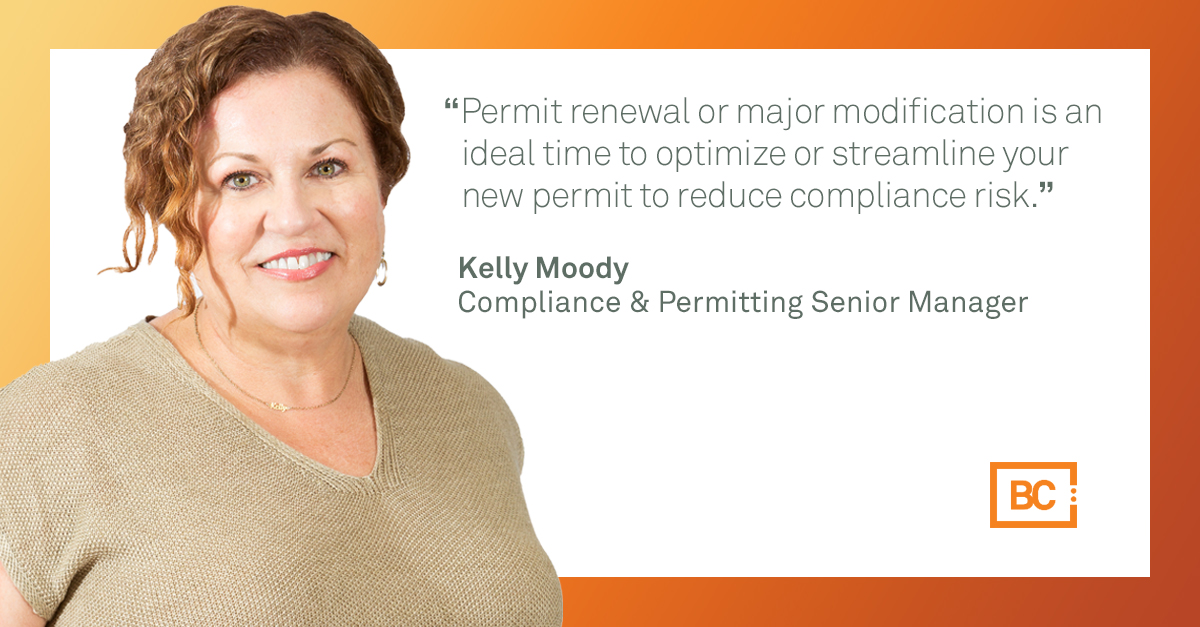Environmental justice (EJ) has been the frequent subject of recent news articles, and we have started hearing about it in conversations with clients too. Just last month, on June 21, the EPA issued a memorandum outlining how it will work with the Department of Justice to “strengthen enforcement of violations of cornerstone environmental statutes” in communities overburdened by pollution. The memo continues the EPA’s movement towards advancing EJ goals through civil regulatory enforcement with actions such as increased facility inspections, early outreach to environmental crime victims, and a focus on remedies. The memo also emphasizes the need for the punishment for environmental crimes to be sufficient to act as a deterrent. An EPA workgroup will develop further guidance.
Other important regulation and compliance items to keep an eye on:
Ask an Expert: NPDES permit optimization
This month’s featured BC expert Kelly Moody covers long-term compliance strategy planning when it comes to National Pollutant Discharge Elimination System (NPDES) permitting. Learn more about how planning ahead for your NPDES permit renewal can optimize your permit and benefit your facility’s compliance risk and your bottom line. Read “Ask an Expert”
SQG deadline approaching
The first renotification submission deadline for small quantity generators (SQG) of hazardous waste is Sept. 1. This is a new reporting requirement under the Hazardous Waste Generator Improvements Rule currently in effect in most states.
Aerosol VOC amendment
The EPA indicated it will begin to develop an amendment to the national volatile organic compound (VOC) emission standards for the aerosol coatings (aerosol spray paints) under the Clean Air Act. The proposed amendments would update emission limits, add compounds and corresponding reactivity factors, and amend reporting requirements.
OSHA updates COVID-19 guidance
The Occupational Safety and Health Administration (OSHA) updated its COVID-19 guidance for non-health care employers with a new focus on recommendations for protecting unvaccinated or otherwise at-risk workers. The new recommendations include time off for vaccinations, ventilation system maintenance, routine cleaning, and providing personal protective equipment (PPE).



